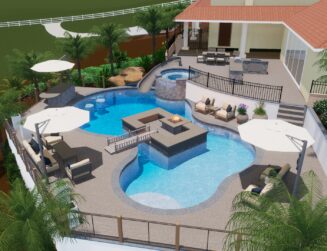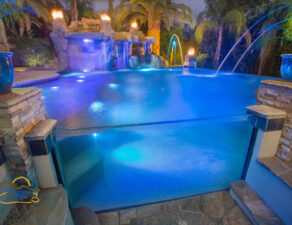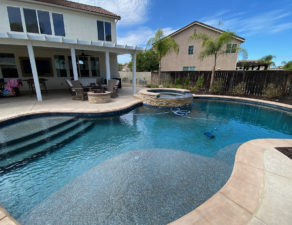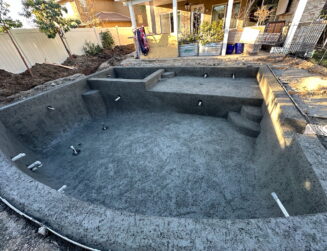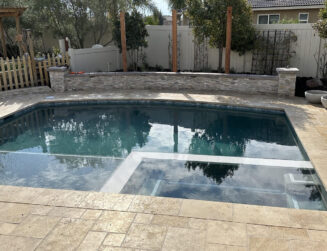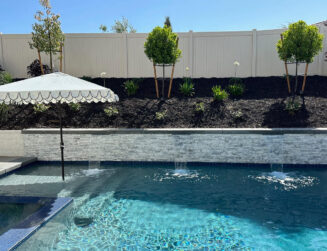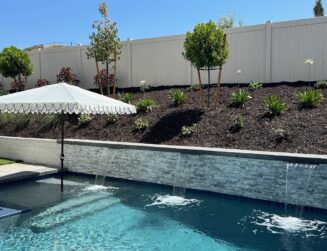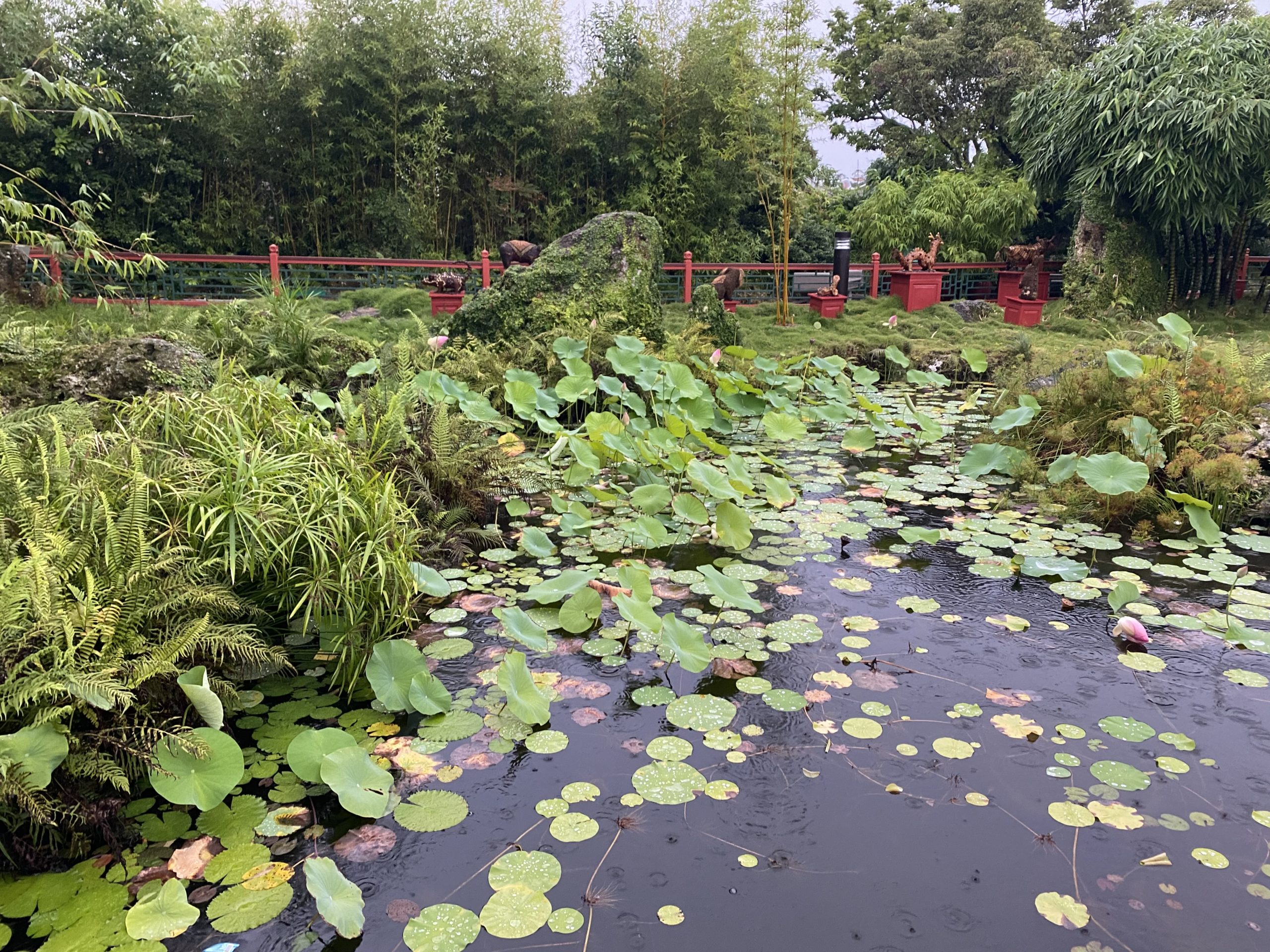
If you suspect that building a pond requires more than filling a hole with water, you’d be right. To accomplish a healthy ecosystem and an aesthetically pleasing pond, you must make careful choices regarding everything you put into it.
You might set up your pond with a filtration system, recirculation system, rocks or gravel, fish and various other features to create the look you want. But for the purposes of this blog, we will focus on choosing plants for your pond. Plants act as Mother Nature’s filters, as they thrive on the excess nutrients within a pond ecosystem while also depriving algae of its food source. Plus, they add color and beauty to your pond.
The ideal pond setup will incorporate both sunlight and shade. You need some sunlight in order to allow for proper plant growth. Too much shade from nearby trees can deprive the pond ecosystem of enough oxygen, and you will probably struggle with excess debris falling into the water. However, too much sun can contribute to green pond water or algae bloom. Hence, sun and shade should be balanced so that the ecosystem can flourish.
As you choose plants for your pond, consider a mix of plants for variety and to reap various benefits. Aquatic plants typically fall into three categories:
Floating plants live on the water’s surface and provide shade, preventing algae which thrives in direct sunlight.
Marginal water plants grow around the edges of ponds in shallow water. They absorb the impurities that would otherwise feed algae, and filter the water to keep it healthier.
Submerged oxygenating plants help to keep the pond clean by feeding on debris and fish waste. They also add oxygen to your pond and provide habitat for koi and fish.
Water lilies are a popular choice due to their beautiful, exotic blooms that appear from spring to fall. Tubers can be planted beneath the water, and will send up stems with rounded leaves and gorgeous blooms that float on the surface of your pond.
For beginners, it is often easier to pot water lilies and then place them 12 to 18 inches deep in the water. If you choose a tropical variety, remember that they need a water temperature above 70 degrees and should be removed from the pond in winter if you can’t maintain that requirement.
Finally, be careful about over-fertilizing your aquatic plants. Doing so often feeds the obnoxious algae that you don’t want in your pond.
If you’re considering a pond addition to your landscape, give us a call so that we can discuss the appropriate number and type of shade plants to use around it. We can also recommend the right mix of aquatic plants to keep your pond ecosystem in perfect balance.

